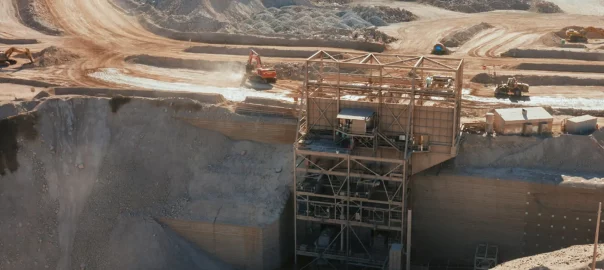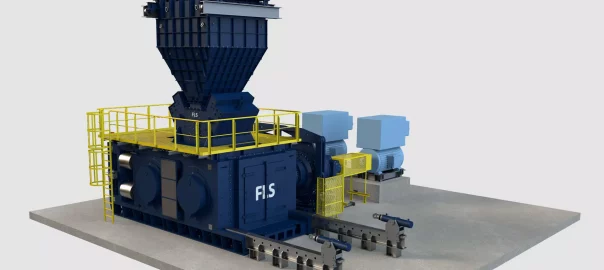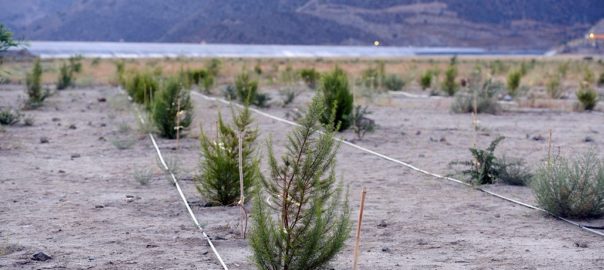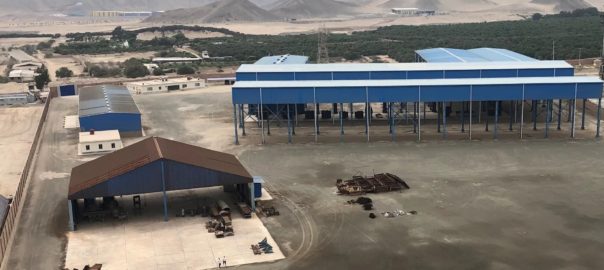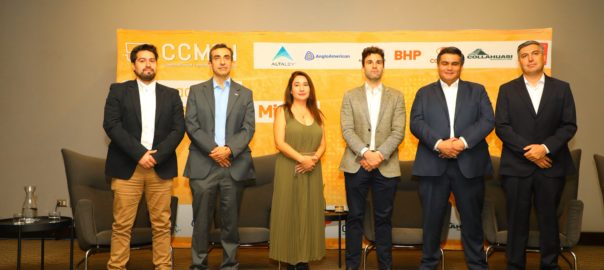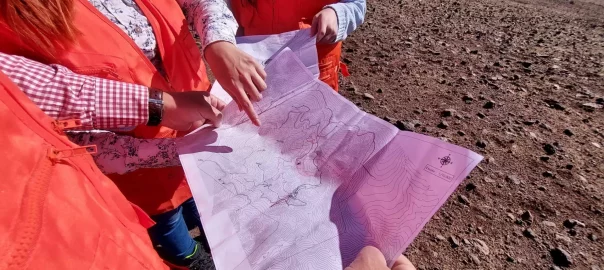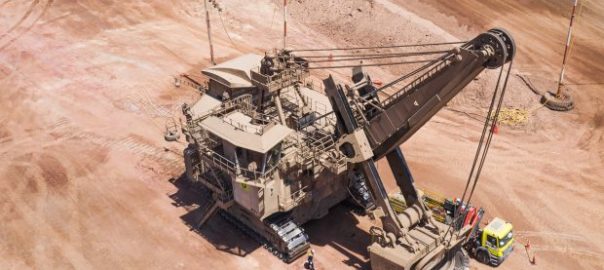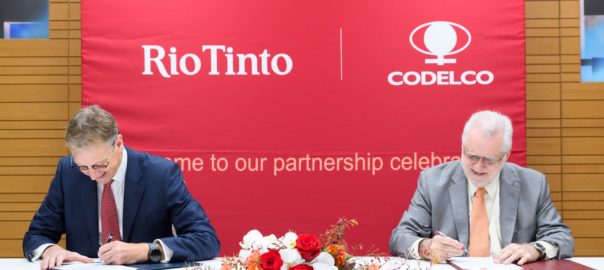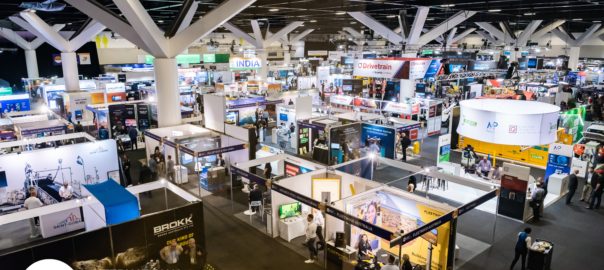Capstone Copper has announced the implementation of ShovelSense® sensor technology at its Mantos Blancos operation, in Chile.
MineSense’s ShovelSense system uses X-ray Fluorescence based sensing technology that is mounted directly to digging equipment such as front-end loaders and shovels to accurately characterise and grade with each bucket, and differentiate between low, medium and high grade mineralised material.
This tool, Capstone Copper says, allows it to detect the characteristics of the extracted ore early, optimising operations and improving ore recovery by up to 36%. Tests on the use of these sensors have shown a potential increase in fine copper production, making it a key technology for this year, the company added.
“We are grateful for the collaborative work of the superintendencies ofgeology, maintenance, operations and planning, which were decisive throughout the implementation process,” the company added.
Mantos Blancos is an open-pit mine in the Antofagasta region of Chile. The operation currently mines and processes both sulphide and oxide ores.
Following the completion and current ramp up of the Mantos Blancos Concentrator Debottlenecking Development Project (MBCDP, or Mantos Blancos Expansion), the mine will primarily treat sulphide ore in an expanded concentrator. It has a plant capacity of 7.3 Mt/y.







